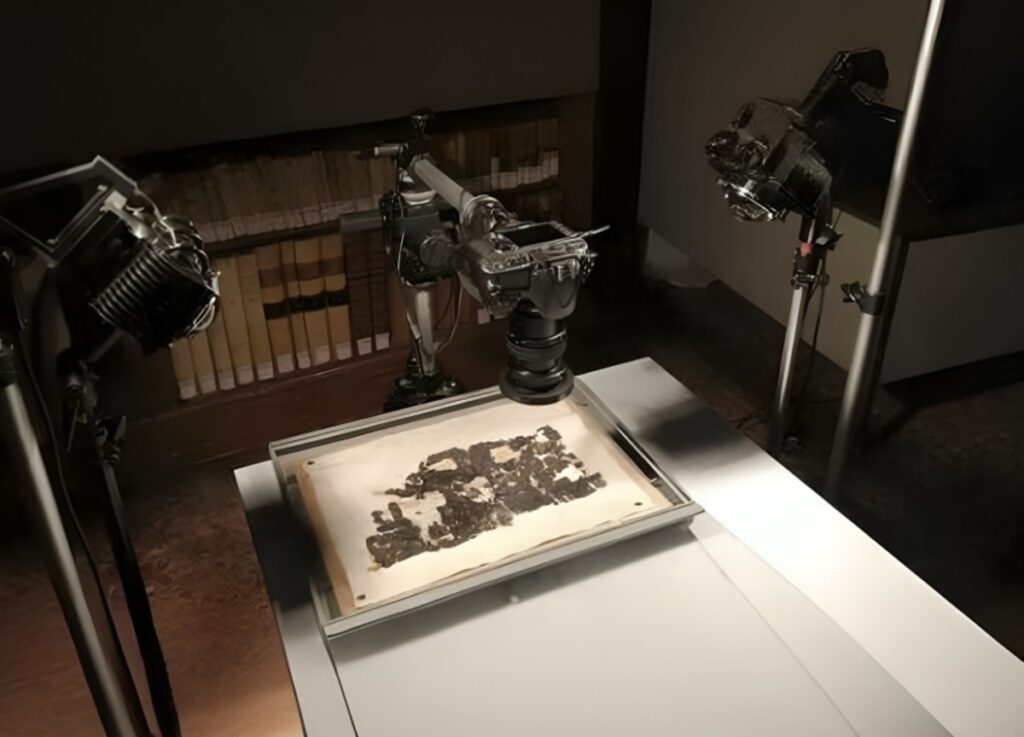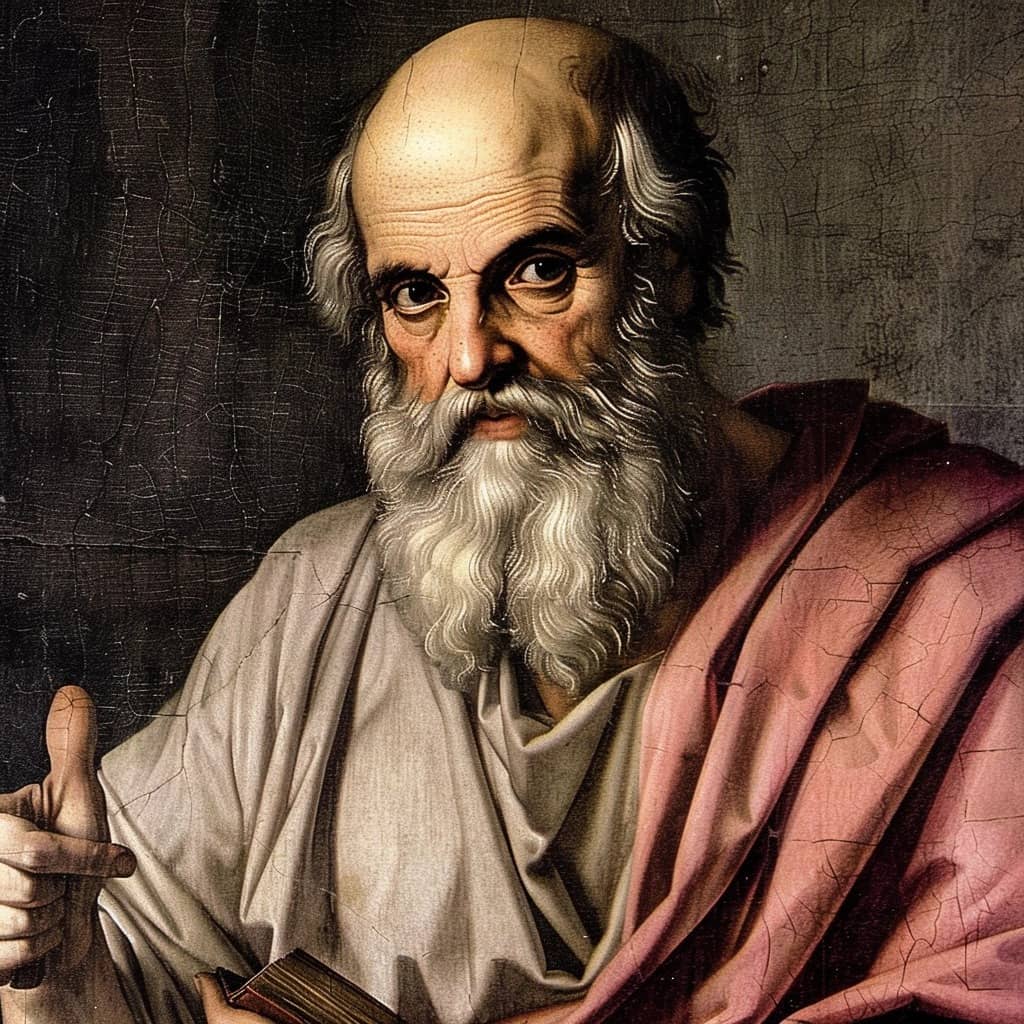Plato, the father of Western thought, continues to amaze us more than 2000 years after his death. And this time, the surprise comes from an unexpected place. Which? A charred papyrus found among the ruins of Herculaneum, the Roman city on the outskirts of Naples which was destroyed by the eruption of Vesuvius in 79 AD. This ancient document, among those analyzed with the most modern imaging techniques, it has revealed not only new details about the philosopher's life, but also the mystery that had shrouded his burial place for centuries.
A treasure hidden under the ashes
The papyrus in question is one of many examples recovered from Ercolano, a Roman city in the modern-day municipality of Ercolano in southwestern Italy. Along with nearby Pompeii, Herculaneum was destroyed during the eruption of Mount Vesuvius in 79 AD, burying the city under thick layers of ash and pumice. Numerous papyrus scrolls and scrolls were charred under the intense heat, but how part of an ongoing project of archaeologists, a scroll containing the History of the Academy of Philodemus of Gadara (110-40 BC) has been partially deciphered.
To do this, the research team used modern imaging techniques. Infrared and ultraviolet optical imaging, molecular and elemental imaging, thermal imaging, tomography and digital optical microscopy. It should be enough? Thanks to these cutting-edge technologies, approximately 1.000 words have been identified (approximately 30% of the entire text), which include new details about Plato, the development of his Platonic Academy and, as mentioned, information identifying his place of burial.

The garden of the Muses
Archaeologists already knew that Plato was buried somewhere in the Platonic School of Athens. However, this latest revelation has identified his burial in a private garden near the so-called Museion or sacellum sacred to the Muses.
This detail not only adds a missing piece to Plato's biography, but also sheds new light on the importance of the cult of the Muses in the Platonic Academy. The Muses, divinities of the arts and sciences, were considered the inspirers of philosophical thought and their presence in Plato's burial place suggests a profound link between his philosophy and the search for knowledge inspired by the Muses.
Plato the slave?
The surprises don't end there. The text also revealed a surprising and little-known detail about Plato's life: the philosopher he was sold into slavery following the conquest of the island of Aegina by the Spartans, which occurred around 404-399 BC. Information that sheds new light on Plato's life experiences: it may even have influenced his philosophical thinking. The idea of slavery and freedom, central themes in Platonic philosophy, take on new depth in light of this biographical revelation.
A new chapter in the history of philosophy
The discovery of Plato's burial place and new details about his life represent an exciting moment for scholars of ancient philosophy and for all those fascinated by the thought of this intellectual giant. He also demonstrates the power of modern technology to shed light on the mysteries of the past. Thanks to these new imaging techniques, we are able to read documents which seemed lost forever, charred under the ash of a volcanic eruption 2000 years ago.
Above all, this discovery reminds us that history's greatest thinkers were also human beings, with complex and sometimes surprising lives. Plato, the philosopher who laid the foundations of Western thought, was also a man who knew slavery. And who found his final rest in a garden sacred to the Muses.
This new perspective on his life invites us to reread his philosophy with new eyes, searching between the lines of his works for traces of his life experiences and his humanity. Because, ultimately, it is this humanity that makes Plato's thought so universal and timeless. A thought capable of speaking to us through the millennia, from the ashes of Herculaneum to the present day, passing through modern technology.


